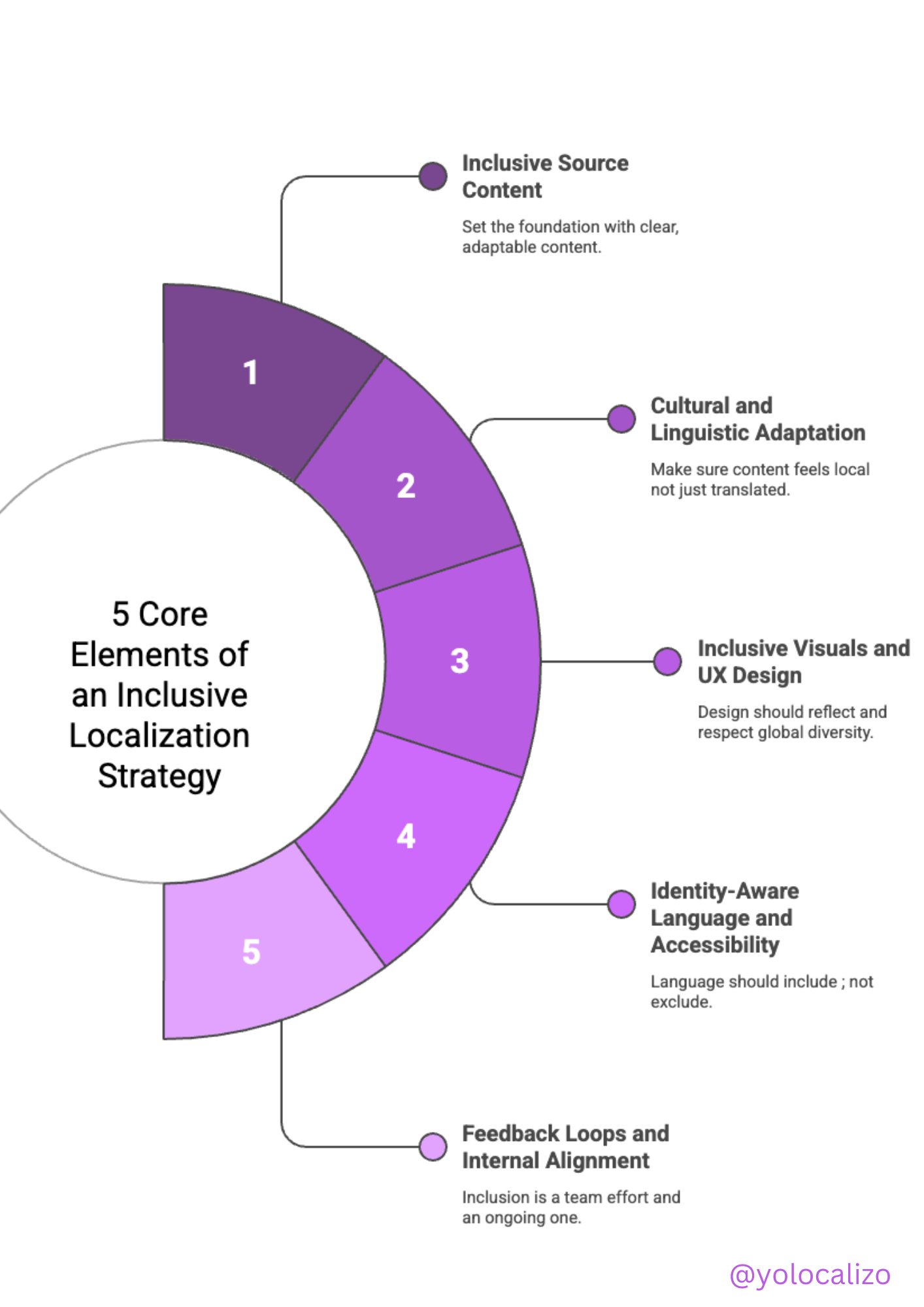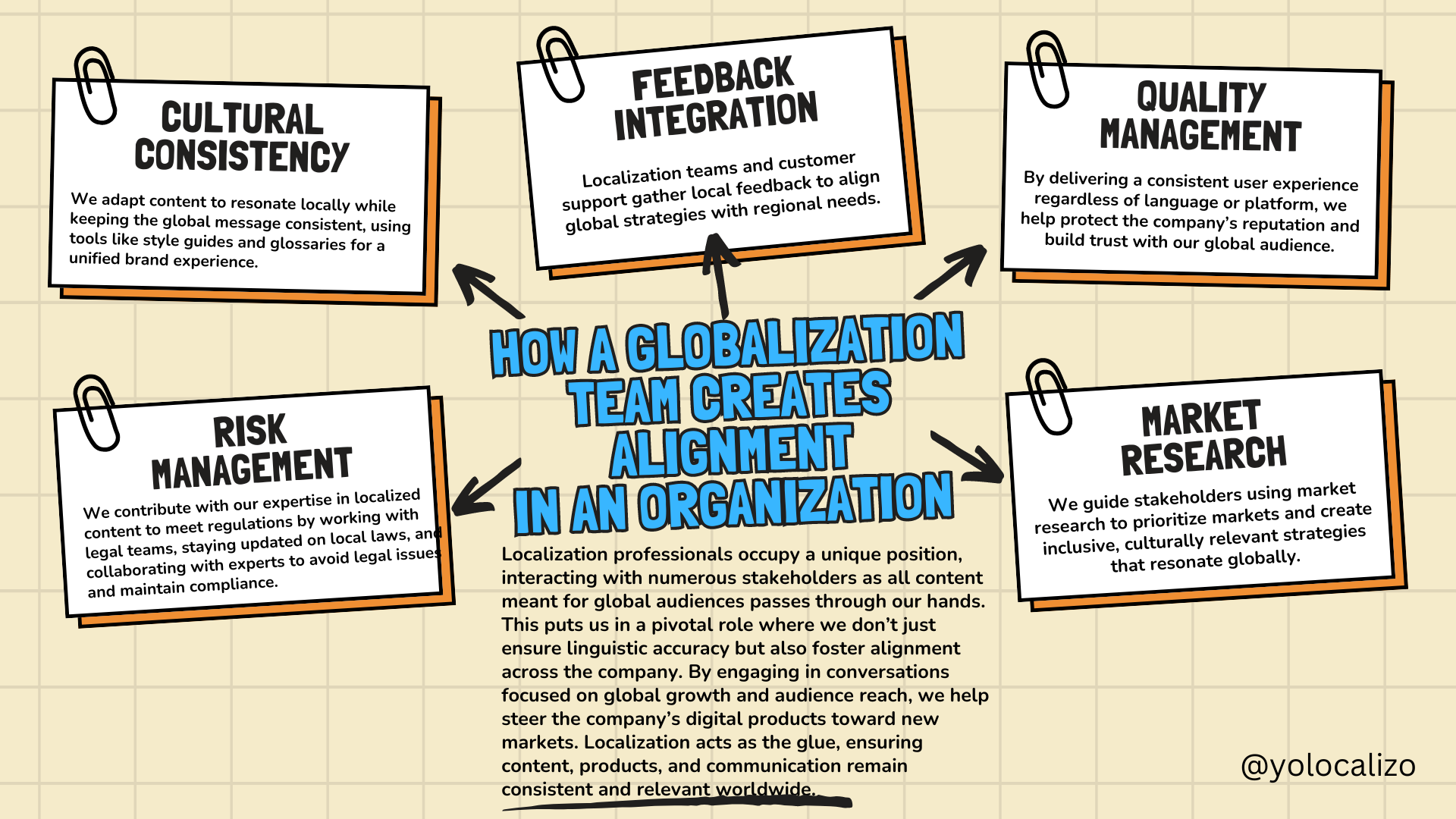After the Launch 7 Post-Localization Activities to Keep in Mind
Now that temperatures in Spain are starting to cool down a bit, it's time to renew some of the plants that didn’t survive the summer in my garden and balcony. The truth is that climate change is noticeable, and during the summer, many days reach or exceed 40 degrees. And, of course, many plants struggle because it's too hot, no matter how resistant they are! So now that we’re enjoying pleasant temperatures in the 20s degrees, I can start planting the plants that will accompany us in September and October. Who knows, maybe they’ll even last a bit into November if the frosts don’t come early!
I enjoy gardening.
Some pics of the latest plants I got!
Planting flowers and shrubs relaxes me. There's something mindful about it that helps me unwind, allowing my mind to travel to different places. But often, my thoughts come back to localization
I was thinking the other day that maintaining a garden is a bit like localization. It never really ends.
You plant flowers, trees, and shrubs, and everything looks beautiful. At first glance, it seems like the job is done. But to keep the garden healthy and thriving, you need to water the plants, prune them regularly, remove weeds, and fertilize the soil. Without this ongoing work, the garden can quickly become overgrown or die.
Just like a garden, localization requires continuous care and attention. Even after the initial launch, you must monitor, refine, and update to keep it flourishing.
So this week, I want to cover 7 localization activities that we need to continue doing, even though the necessary localization work might seem finished after launching a product.
Including post-localization activities after the product launch is more important than ever, especially because many companies now follow continuous delivery models. That’s why we need to focus not only on the typical localization tasks that come to mind when our company wants to launch something but also on post-localization tasks that ensure the user experience stays excellent.
Here are 7 post-localization activities that we should include in our localization strategy:
Click HERE to download the infographic
Collecting and Analyzing User Feedback
Gathering user insights via surveys, reviews, social media, or direct feedback is extremely important to identify areas where localized content may need improvement. User feedback provides insight into how well the localized content resonates with your target audience. It helps us address any issues we might have overlooked. But not only that, it can also give us new ideas for features or general functionalities we can add to improve the user experience over time.
Example “Netflix continuously gathers user feedback on its localized content through user ratings, in-app surveys, and social media monitoring. For example, based on viewer preferences in Spain, Netflix adapted certain subtitles to reflect regional slang or dialects.
Monitoring and Maintaining Translation Consistency
It's important to monitor translated content to ensure it's still accurate and consistent. This often means updating glossaries and translation memories over time. When translations are done well and stay consistent, they help build trust with your audience. Plus, keeping everything aligned across languages ensures that users have a seamless experience and that your brand message stays clear no matter where it's being used.
Tracking Metrics and Performance
I talk a lot about metrics because we, as localization professionals, need to get used to measuring data that helps make decisions. Monitoring how well-localized content performs regarding user engagement, conversion rates, and overall user satisfaction in different markets using analytics tools is crucial nowadays, especially when speaking to the C-suite and product owners. Understanding the performance of localized content allows us to see which regions or languages need additional attention, ensuring that the investment in localization delivers measurable results.
Slack tracked engagement metrics for its product and localized websites, including bounce rates, user retention, and sign-ups in localized markets. They also A/B tested localized content to see what language adaptations worked best in different countries. By tracking these metrics, Slack was able to improve the effectiveness of its product in markets like Japan, where they saw significant growth after adapting their communication style to better fit the local culture.
Addressing Legal and Compliance Updates
Legal content might not be the most fun part of localization, but it’s undeniably important. Ensuring that localized content adheres to local laws, data privacy regulations, and other legal requirements is not a "nice-to-have" but a must. Failure to comply with local legal and regulatory standards can result in fines, loss of customer trust, or product delays.
Localized SEO and Search Engine Updates
Localized SEO doesn’t always get the attention it deserves, not only during the normal product development process but also in the post-launch phase. Thinking about localized SEO must be a constant effort because optimizing the localized content for search engines in target markets—ensuring keywords, meta tags, and other SEO-related elements are properly translated and performing well—is fundamental to making our company and services known. These days, visibility is key. Good SEO ensures your content shows up in local search engines, helping you reach the right audience. This increases organic traffic and boosts engagement in each market. It’s something our stakeholders will appreciate, as it clearly shows how localization plays a big role in the product’s success.
Managing Market-Specific Content Needs
Adapting localized content to fit cultural events, trends, or customer preferences in each market isn’t something you do just once. It’s a continuous process we need to embrace. Tailoring content to local tastes builds stronger connections with users and keeps your brand relevant across different cultures.
Coca-Cola tailors its marketing campaigns to local markets by launching market-specific promotions and culturally relevant content. For instance, the Share a Coke campaign was very popular back in the day as it was adapted for different names and different situations for the different countries where the campaign was launched.
Stakeholder Alignment
Educating stakeholders isn’t my favorite term because it can feel a bit superior. However, educating non-localization teams or stakeholders on localization best practices, tools, and processes to ensure better collaboration and alignment in future localization efforts is essential. I think the term “alignment” is more appropriate, as it allows us to align processes and expectations. Whatever we call it, we must recognize that this activity practically never ends. There will always be new stakeholders to align with and new localization practices to develop.
Conclusion
Just like a garden, localization is an ongoing process that requires constant care and attention. While the initial work may seem complete after the product is launched, there are always additional tasks that need to be done to ensure the localized content remains relevant, accurate, and effective. Whether it’s collecting user feedback, maintaining translation consistency, updating SEO, or aligning stakeholders, these post-localization activities are crucial for long-term success in global markets. So, please ensure you include these post-localization activities as part of your localization strategy, and that will help your team and you work to blossom 🌸 🥳




















Localizability has always been a challenge small issues in source content often lead to big problems later in translation. In this post, I explore how AI is giving localization teams a powerful new way to improve source quality, reduce friction, and create better content for every market right from the start.